Yellowstone is the massive caldera of an incredible supervolcano and a relic of the formation of the Rockies, leaving a trail of previous calderas behind it all the way to Utah. The caldera answers a lot of questions, such as the geologic-sized Idaho ashfall that provided much of the physical material the upper Great Plains are made of. The instability of the earth seems somehow akin to what we call art.
The region is so vast that even the Ice Ages didn’t generate enough ice to scour all of it. It’s been grasslands ever since, long enough that the brontotheres and hyracodons who once roamed it have been replaced over and over. The horse was invented here, leaving a famous trail of equine evolution, but did not survive here, and had to be reintroduced by Europeans. The ancestral camel, llama, and rhinoceros poked around for many millions of years, pursued by inconceivably terrible hyenas, hideously-fanged tigers and dire wolves. There were mammoths. There were mastodons. But it’s been dry for a long time thanks to the Rockies, and there’s nothing left but small game; the bison, the lowly elk, the humble grizzly.
Paleocene petrified wood, silicified into agate after repeated massive falls of volcanic ash.
Travel sets you up to spot interesting people, if you like that. I have mixed feelings. Donnie is a people-person—a fishing guide would have to be. He lived in various parts of Montana for years, has many friends in the state, and they stay in touch. In his opinion not much was changed in the places he knew, except for the obvious expansion of Billings into a wider town. Donnie sees the landscape in terms of game animals, defined by its rivers; game was scarcer and the land was dryer.
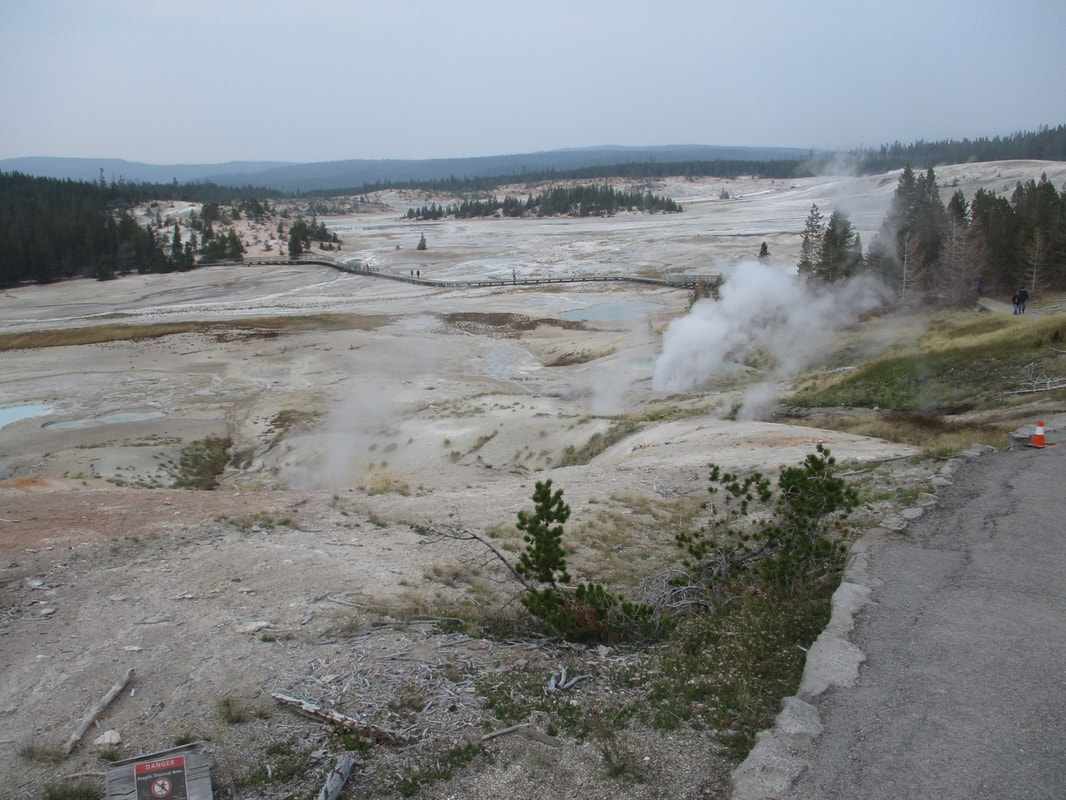
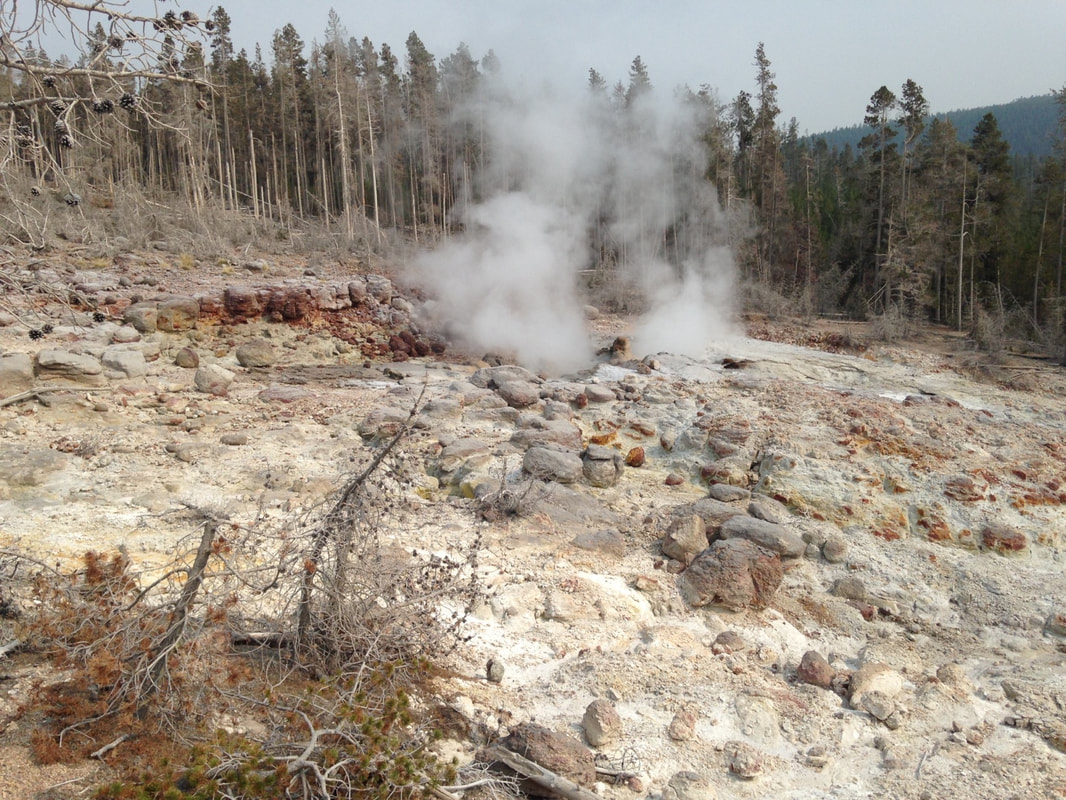
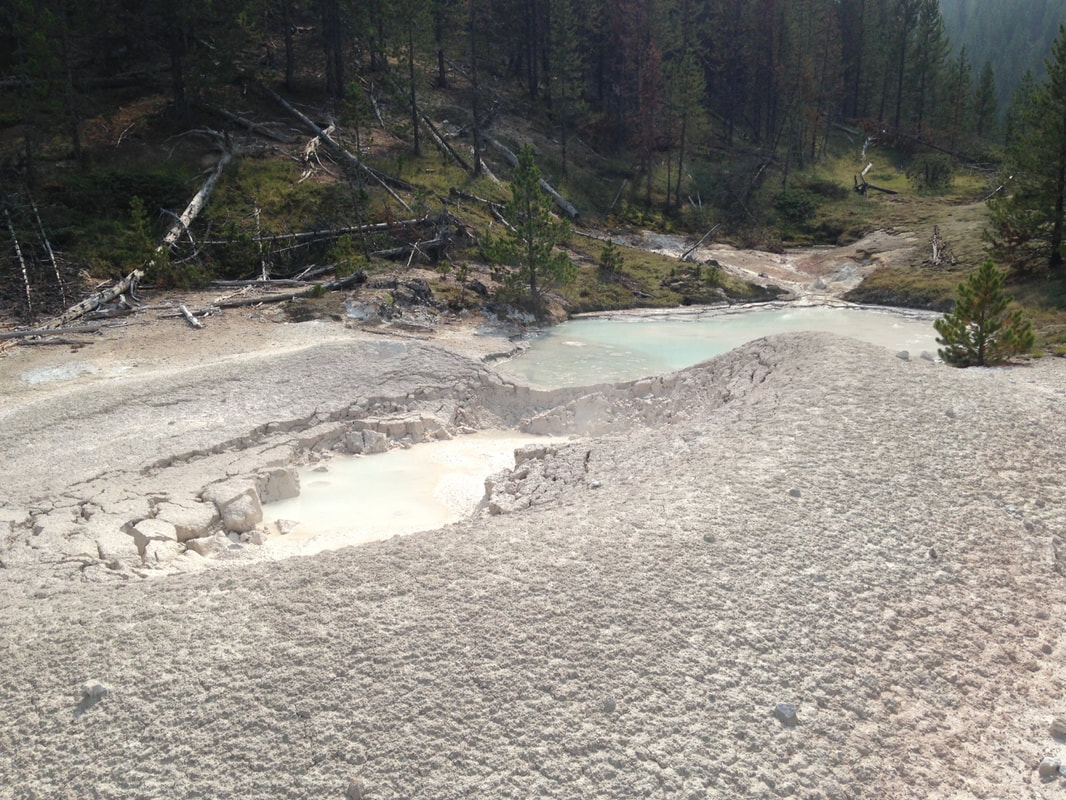
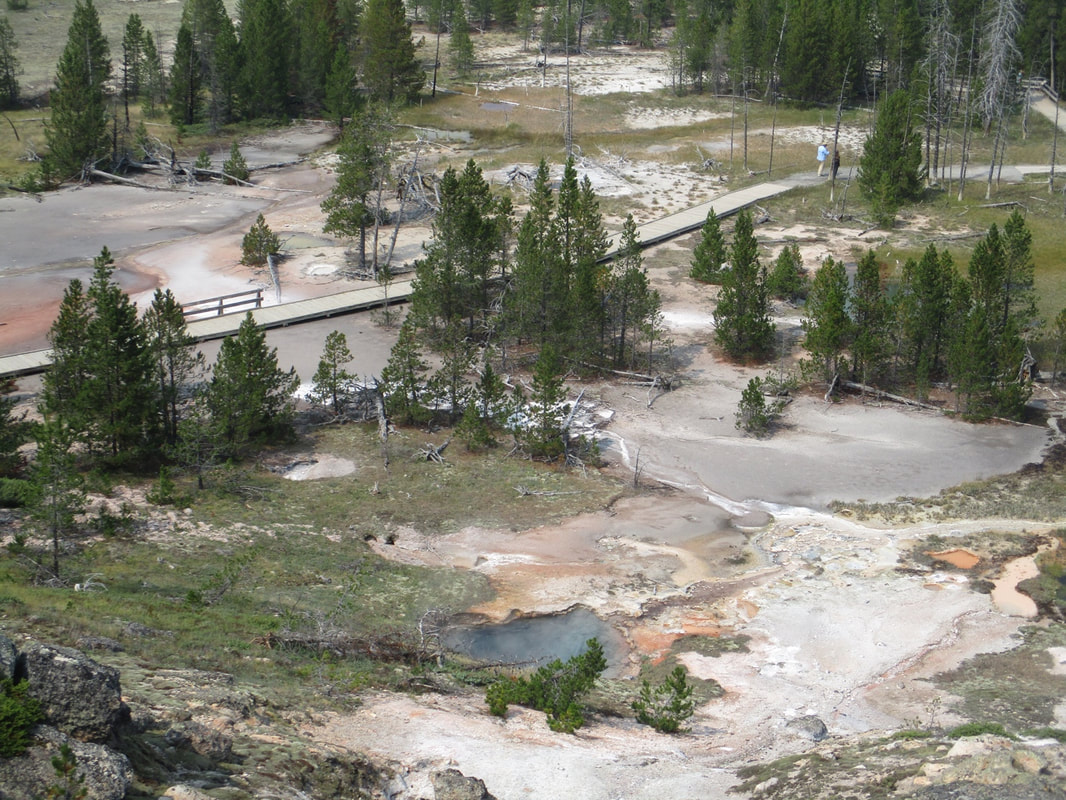
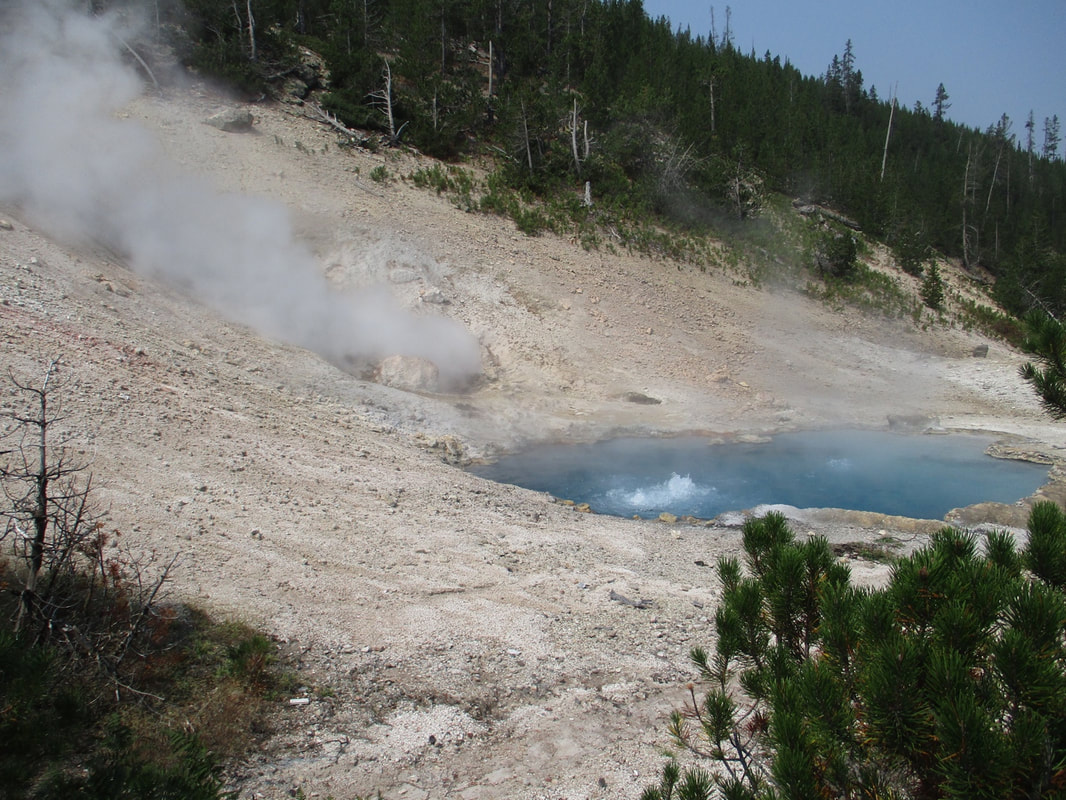
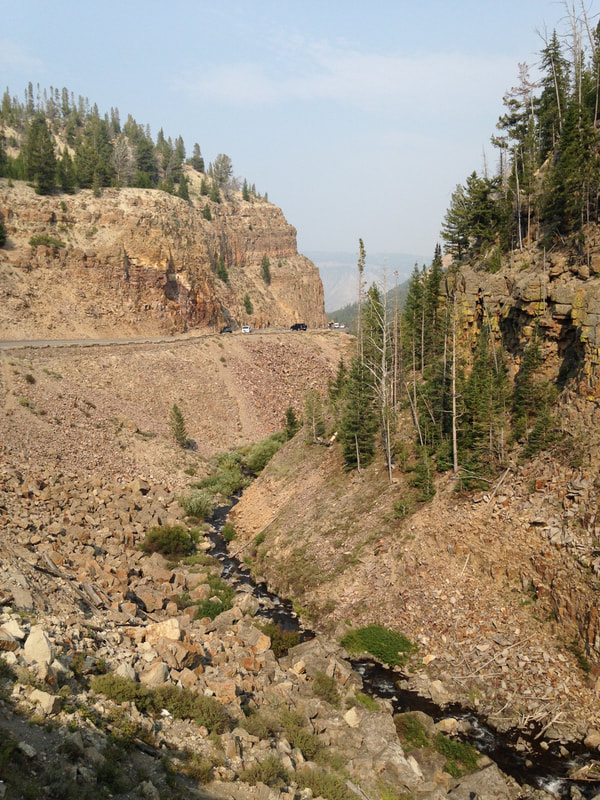
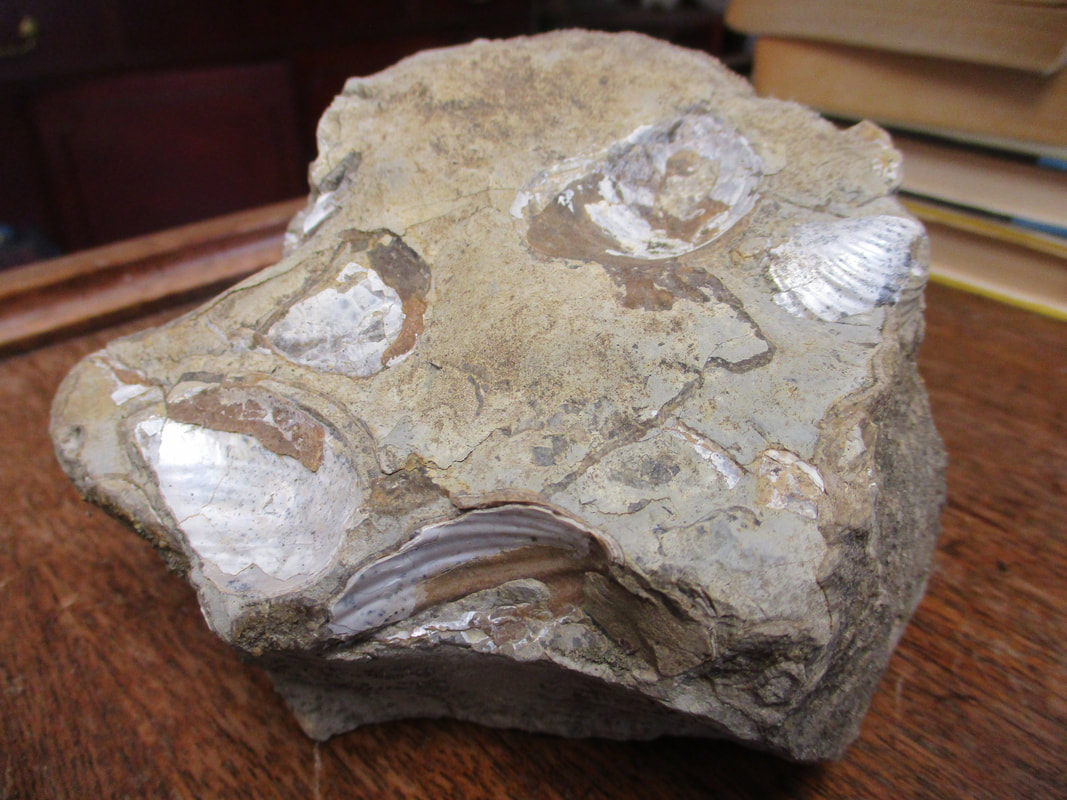
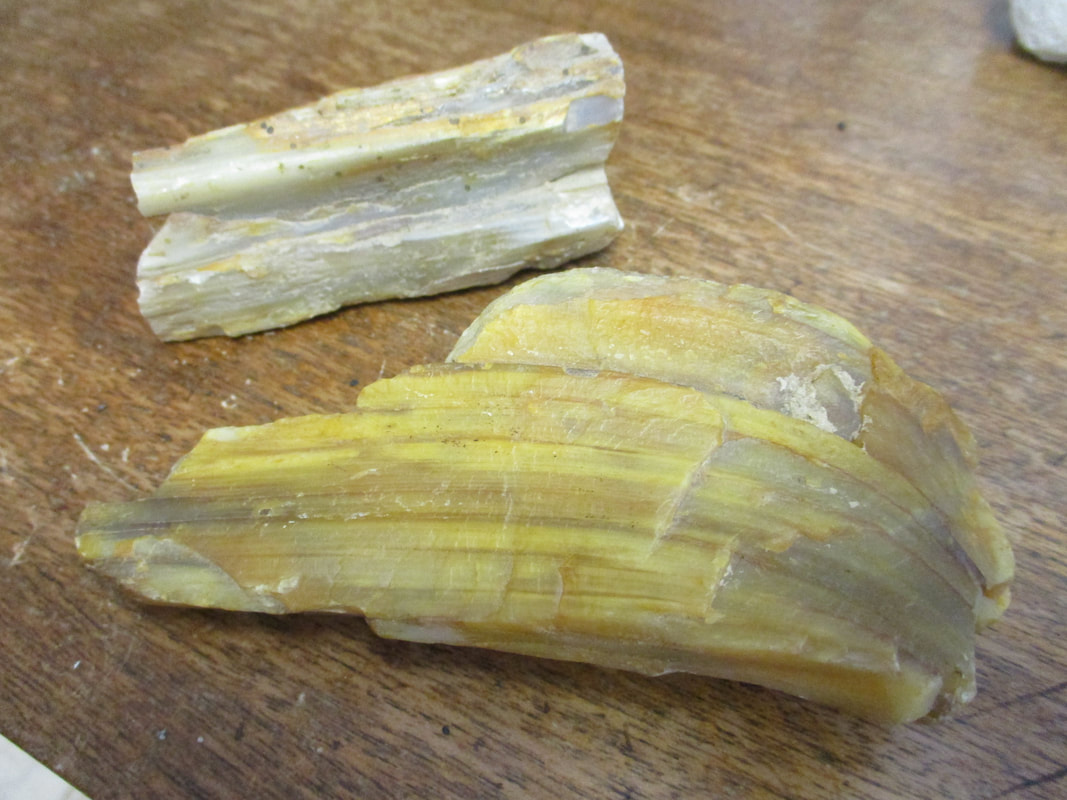
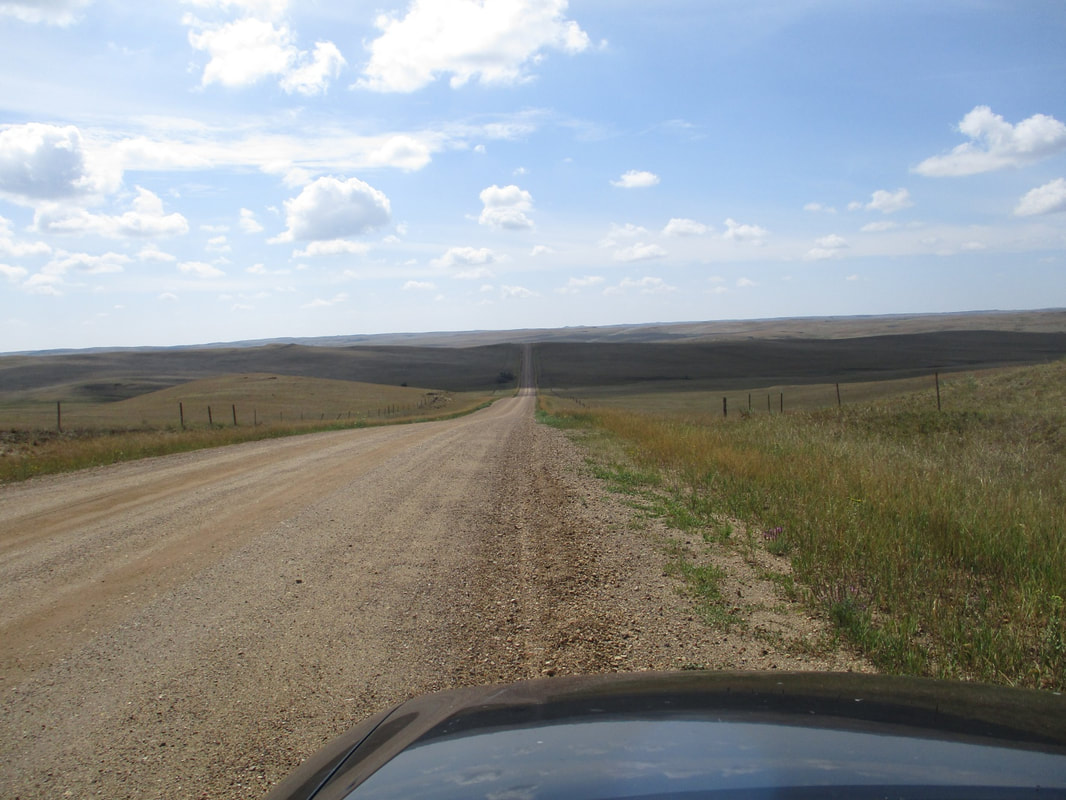
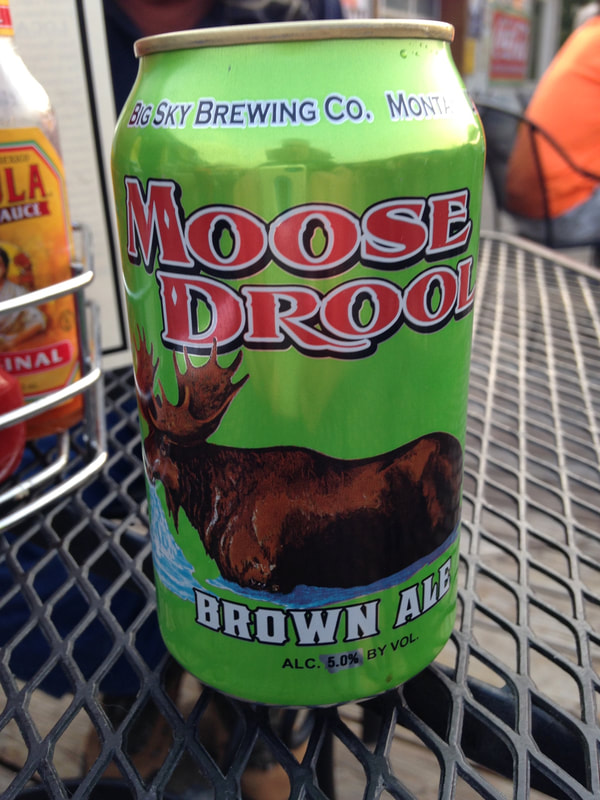

 RSS Feed
RSS Feed